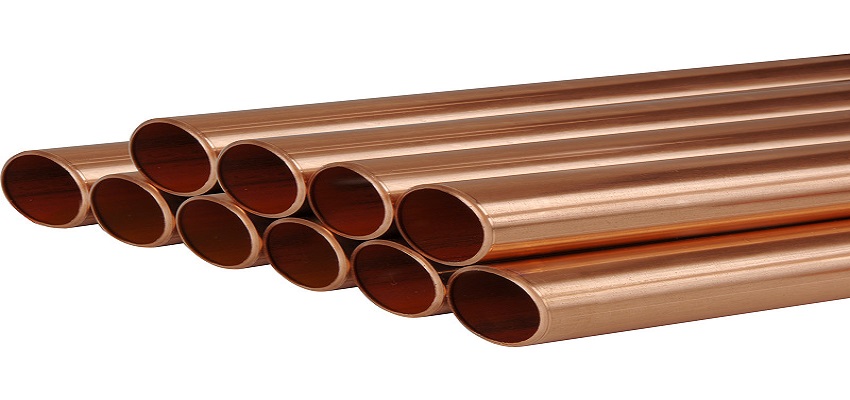Proving we care with every repair
As years passed by, the science and art of plumbing has evolved. It started with terra cotta pipes in 1700 B.C, and now a building is incomplete without a PEX pipe technology. If it weren’t for the plumbers and people related in this profession, the urban areas would have flooded by now.
Today in the article, we discuss all the advantages and disadvantages of pipe technologies and different materials used in our household.
PEX Pipe
Commonly known as cross-linked polyethylene, XPE or PEX pipes is the most common form of polyethylene with cross-links available in the market. This type of plumbing materials is commonly used in buildings, heating and cooling systems domestic water piping, insulating electric cables, and in the transportation of sewage.

Advantage
- Flexibility – The flexibility of the PEX pipes allows the plumbers to avoid obstacles while installation.
- Speed – The speed in installing such pipes takes less time as they are of the compression type.
- Non-corrodible – Unlike the former copper pipes, these materials don’t get destroyed by moisture and minerals.
Disadvantages
- Degrades from Sunlight – The materials of PEX can be exposed to sunlight as it causes degradation. Before the installation, the pipes must be stored away from the daylight and needs from sunlight.
- Unsafe from Insects and Rodents – It is fed on by plant-feeding insects and rodents, and may cause leakage in the pipes.
- Fitting Expense – The price of laying a PEX pipe is comparatively expensive to copper pipes. The flexibility of the pipe requires fewer fittings which causes an increase in its costing.
Cast Iron Pipe
In the past, in the 1960s, cast iron pipes were the extensively used plumbing system in the household area. Its a grey coloured cast-iron tube and was earlier uncoated. Later the coatings and linings improved hydraulics and reduced corrosion.

Benefits
- The pipes were cheap.
- Easy to install.
- Strength to withstand pressure.
Drawbacks
- Easily caught rust.
- Metallic taste in the water.
Cast Iron Pipes are no longer in use.
Copper Pipes
In the United States, it is the most used plumbing materials. As the name suggests it is made of copper and is harder than PEX pipes.
Advantages of Copper pipes
- Durability and stability
- Can be used outdoors for both underground and roof setting.
- Copper resists the growth of bacteria in water and helps ensures the healthiness of drinking water.
- High melting point and can be sued to supply hot water.

Disadvantages
- Copper pipes are expensive as copper is costly.
- Requires soldering tools while installation and a trained plumber.
- Can corrode if the water is acidic.
- Has a slightly metallic taste.
PVC Pipe
Besides copper pipes, PEX pipes are also amongst the most commonly used plumbing materials in the residential drainage water system. Its is used for irrigation, cooling fluids, drinking water, chemicals, and vacuum system applications.

Advantages
- Made of stable and inert materials.
- Corrosion-proof.
- Cheap and easy to install.
- Minimal tools required to install PVC at homes.
Disadvantages
- Very brittle, can crack or break if miss-handled.
- Can’t be used to supply water at houses and should be kept away from ovens or furnaces.
CPVC Pipe
Chlorinated polyvinyl chloride pipes are the most used after PVCs in residential areas. It was invented to handle the temperature that a PVC couldn’t and is relatively stronger than a regular PVC.
Plus Points
- Can be used to supply hot water as it withstands high temperature than PVC.
- Doesn’t corrode.
- Lesser time to install.

CPVC pipe fittings
Downside
- Can’t withstand higher temperatures like copper pipes.
- Brittle.
- Expensive than PVC.
For more information, on pipes, plumbing, and assistance please visit icareplumbing.com.au.

